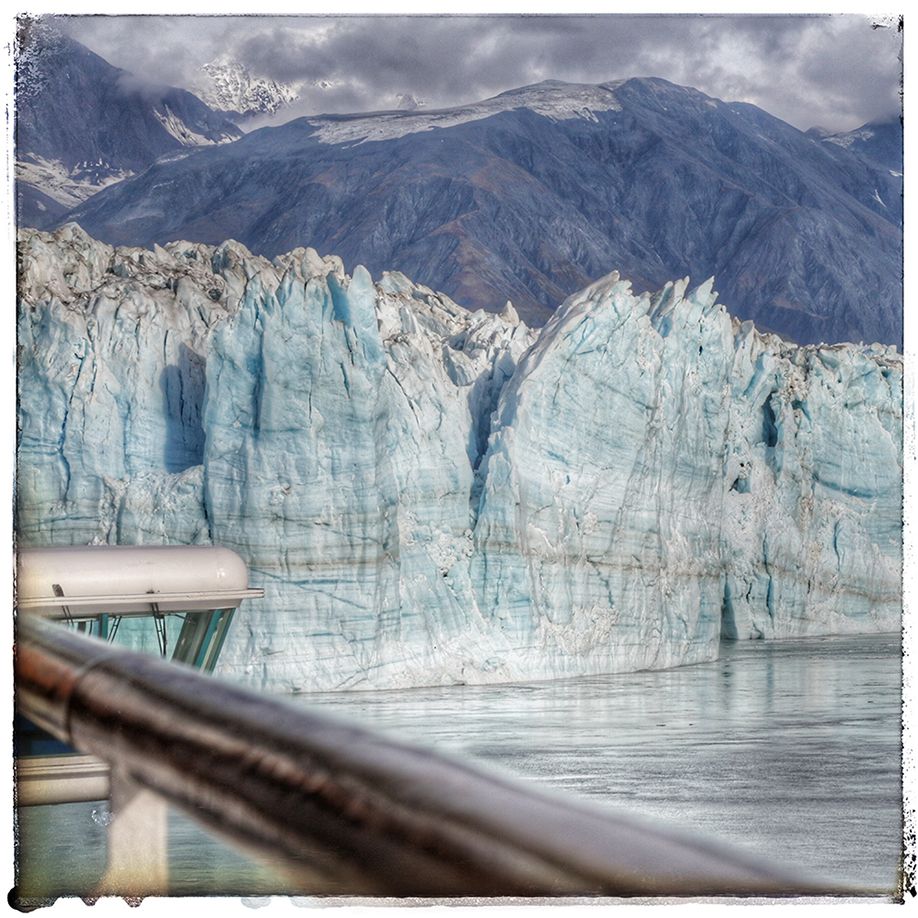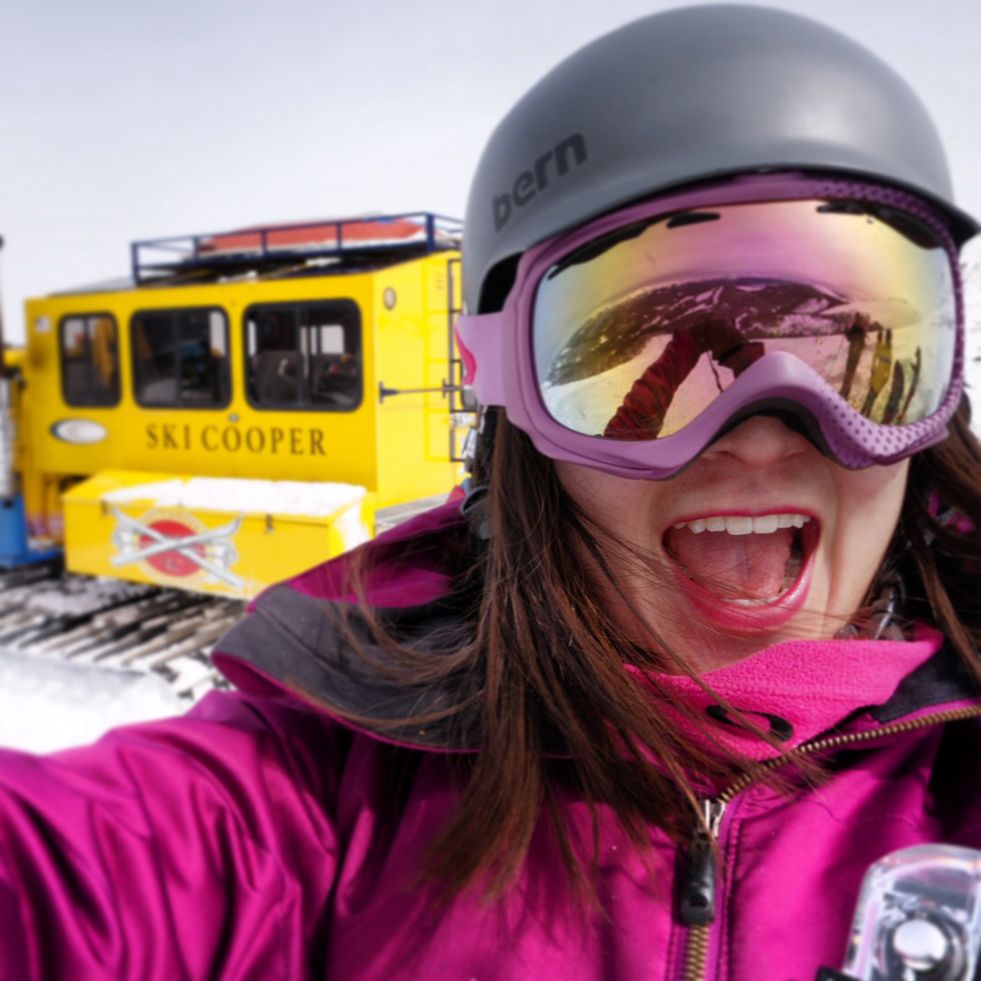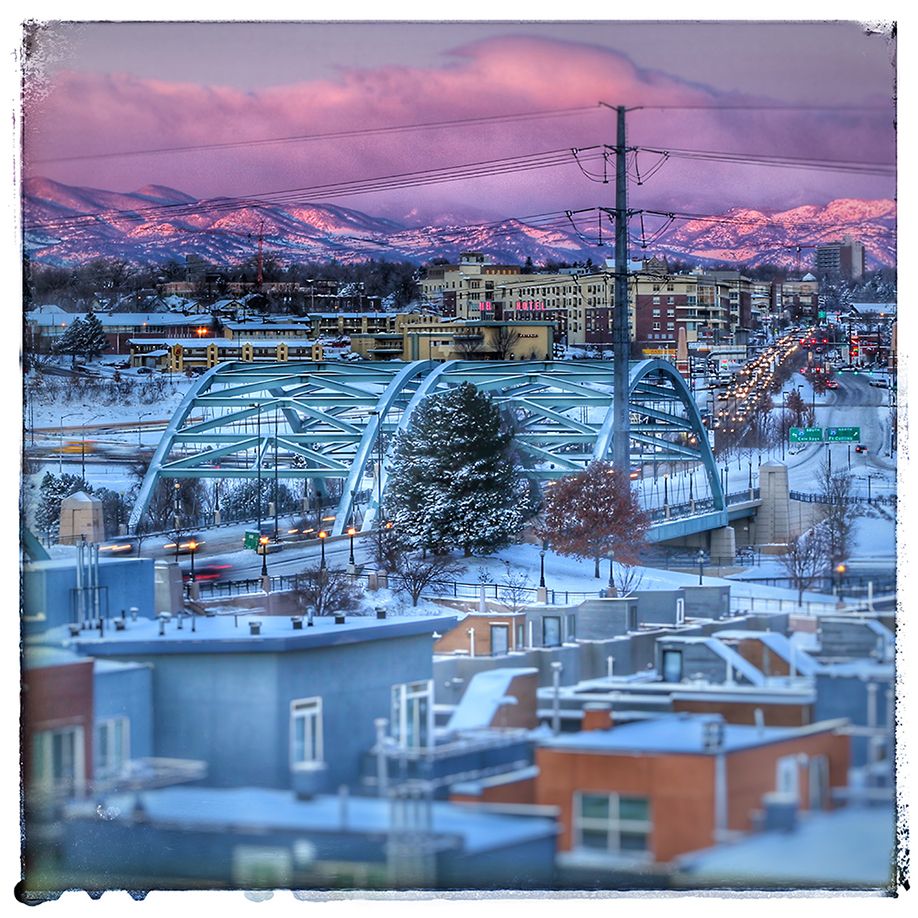Winter is a beautiful time to get out and capture the world. There’s nothing like seeing majestic snowcapped peaks, snow glittering in the sunlight, and landscapes covered with a blanket of snow. As beautiful as it is, shooting in the winter requires a special set of tricks to add to your photography and videography tool belt. So, with a few tips, you’ll be shooting up a storm in no time.
TIP: Dress appropriately. First things first, come prepared for the weather. Dress in layers, so you have options if you get too hot or too cold. Invest in photo-friendly gloves to protect your fingers—such as fingerless mittens or thin glove liners paired with mittens. Also, grab a warm hat and a scarf or gator to protect your face from the wind. Pack some hand and toe warmers, too, just in case. Wearing sunglasses or goggles to protect your eyes from the sun is extremely important—when the sun is shining bright, it’s also reflecting light off the snow, so you’re eyes get double the sun exposure.
TIP: Maximize your time indoors. Do as much as you can to prep indoors before you set foot in the cold. Organize your gear and stash your most important items in easy-to-access pockets. Every action seems to take a bit more energy when you’re bundled up in your winter wardrobe, so streamline the process in advance.
TIP: Be aware of the light. In the winter, the days are short, and even shorter when you’re surrounded by mountains! It’s great for chasing golden hour around sunrise and sunset, because you don’t have to wake up as early or stay out as late as you do in the summer. But, during the day, just know that shadows start creeping in early—especially on ski slopes surrounded by trees or on city streets lined with skyscrapers. Plan accordingly to get the ultimate shot.
TIP: Keep your batteries warm. In the cold, your battery life diminishes fast! Pack extra batteries and store them close to your body in order to use your body heat as a source of warmth. Try finding pockets on the inside of your jacket to store batteries rather than choosing the outer pockets of your backpack. Another idea—try using a hand warmer to keep your batteries happy in freezing temps.
TIP: Keep your camera cold. You know how your glasses fog up when you come inside on a cold day? Cameras have this problem, too, but it can be a lot more harmful for your camera. When bringing your camera inside after being outside in super cold temps (ie. heading inside the lodge for hot cocoa after filming skiers on the mountain), condensation can form on the outside and inside the lens and camera. Electronics and moisture are not a good mix. Try to keep your camera cold if you’re planning on using it again, so there’s less major temperature changes, and less opportunity for things to get foggy. When it is time to come in, instead of bringing your camera directly into a warm room, keep it in the bag to give it some time to slowly warm up to room temperature.
TIP: Keep your camera dry. Rain or snow, if it’s wet outside, you’ll need a plan to keep your camera dry. Consider buying a rain protector for your camera. A big plastic bag can also do the trick. You can cut a hole through the plastic for the lens while allowing the rest of your camera to stay dry. I also really like Manfrotto’s backpack covers, which can double as a camera cover when in a pinch. A giant umbrella can do wonders as well if it’s not too windy, and having an assistant with a spare pair of hands to hold it is key.
TIP. Watch your exposure. Shooting in snow, it can be tricky to get the right exposure. It’s easy to underexpose the shot, making the image appear dark and grey, and it’s also easy to overexpose the shot, blowing out your whites and losing information in the highlights. Rely on your histogram to read the levels to make sure you have the right balance of light and information. If you shoot on auto, your camera will compensate for the brightness, so it’s best to bump up your exposure and overexpose the shot slightly so your image doesn’t go to the dark side.
TIP: Consider your shot composition. A field of snow can be pretty, but it can feel a bit monotonous after some time. Experiment with the way you compose your shot. Shooting in a slightly different direction could be the difference of a white-out background, or a pretty landscape of trees and pockets of snow.
TIP: Color your world. While the world looks beautiful under a blanket of snow, keep your eyes peeled for pops of color to add a nice contrast to the frame. Including some green pine trees and textured aspens adds a nice contrast to the white snow. Shooting skiiers wearing brightly colored jackets always makes for a great photo op as well.
Wherever your next winter vacation takes you—maybe out on the mountain skiing or snowboarding or just cozied up by the fireplace with a winter wonderland out your window, have fun capturing this snowy season with your camera.
Juliana Broste.
Emmy award winning travel video journalist Juliana Broste is always ready to capture the moment. She creates engaging, entertaining, inspiring travel video content for travel brands and media outlets. Her filmmaking adventures have taken her across the globe. Come along for the adventure and follow “TravelingJules” on:
FACEBOOK: http://facebook.com/travelingjules
INSTAGRAM: http://instagram.com/travelingjules
TWITTER: http://twitter.com/travelingjules
WEBSITE: http://www.travelingjules.com









